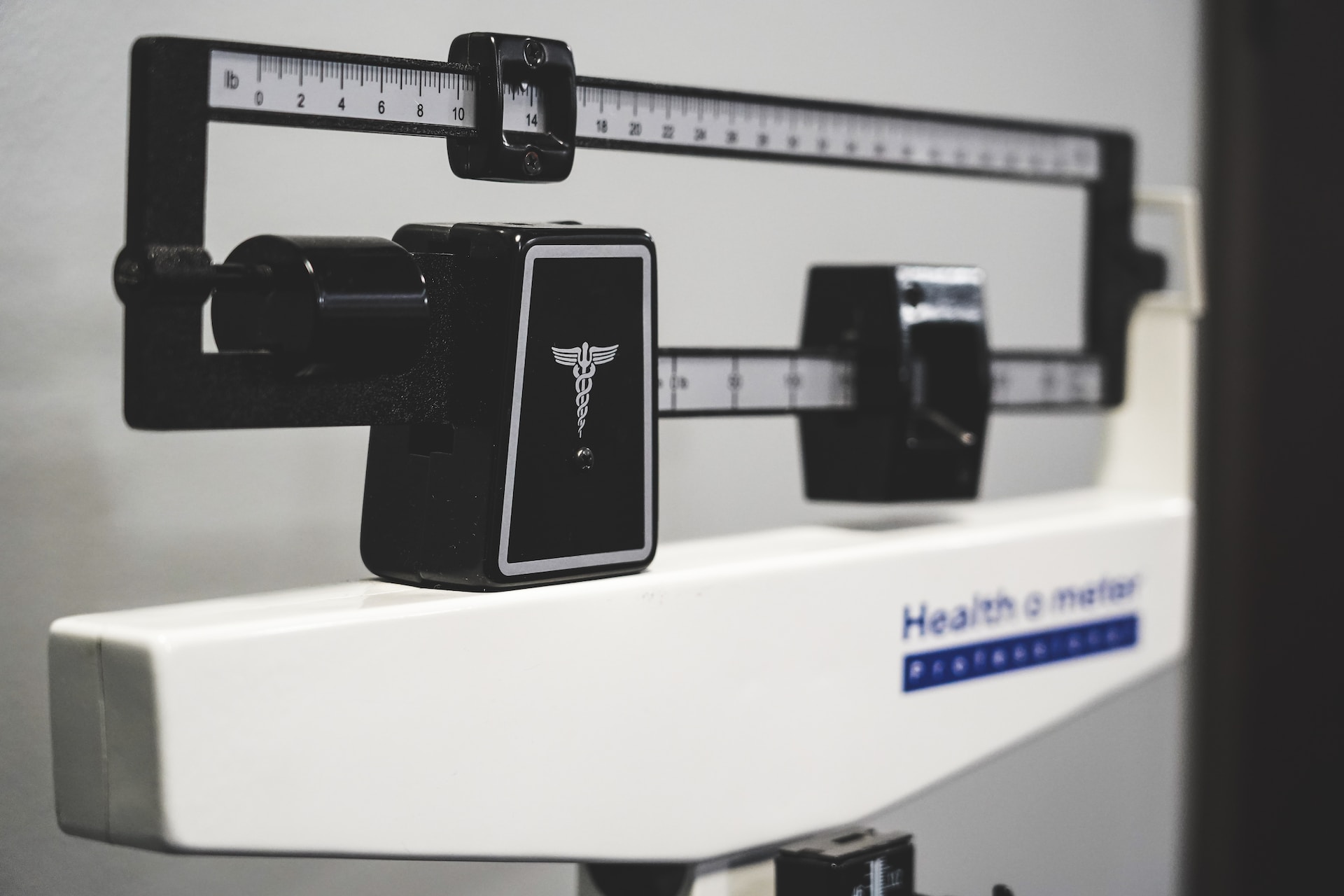If you are someone who deals with chronic pain on a daily basis, you already know that exercise sometimes isn’t in the cards. If getting you to move requires taking 2 to 4 NSAIDs before and after, then something probably has to change. It may be that your physical activity routine is contributing to your pain. You could try some of these tips to help you exercise more effectively while dealing with chronic pain.
Ease Into It
You have likely heard that warming up before doing something athletic is recommended by elite athletes. If you have ever watched runners preparing for a race, you might notice that they do a few very short jogs or sprints. This is done to raise body temperature.
By raising the temperature of your body you are increasing blood circulation. This results in more oxygen being supplied to your muscles, joints, and organs. You may notice that your heart rate increases, your brain is a little clearer, and your feel good hormones are released. This is important for both physical and psychological preparation for a workout. You can warm-up simply by walking for 10 to 15 minutes.
After you warm-up, stretch your muscles to relieve any tension and stiffness that might be caused by pain or the anticipation of same.
Hydrate
Enough can’t be said for the importance of drinking plenty of clean water, especially while you are exercising. Did you know that about 70% of the human body is composed of water? Dehydration is linked to muscle and joint pain. You must replenish fluids lost during exercise by staying hydrated.
The fluids in your body help to lubricate joints and keep muscle fibers elastic. Without water you can and will experience painful joints, cramped muscles, headaches, and dizziness.
Mix It Up
If you have ever worked with a professional personal trainer, you likely noticed that an hour long workout has 3 or more components to work all the muscle groups, joints, and organs. A typical workout might look like this:
- Warm-up and yoga stretching poses
- Cardio, such as spinning or rowing
- Strength and resistance training with free weights or nautilus
- Cool down with total body stretches
The reason for mixing up your routine is to prevent compound injuries and more pain. For example, if you love to run but suffer from arthritic knee pain you might be adding to the inflammation of the knee by repeatedly pounding the pavement. Your muscles and joints need recovery time to heal and function optimally.
Many a trainer will tell you that taking a day off from exercise will help you perform better with less pain.
When dealing with chronic pain it is good to incorporate physical activity. Be sure to look for new ways of exercising and treating your pain from websites and publications like Chronic Pain Daily or any number of online health journals. Healing occurs in the presence of movement and with adequate rest. Both are important. Exercise may actually help with pain management both physically and mentally. Be smart about your exercise regimen. Warm up and cool down, stay hydrated, change up your routine, and be mindful of not overdoing it by giving your body time to rest and recover.




